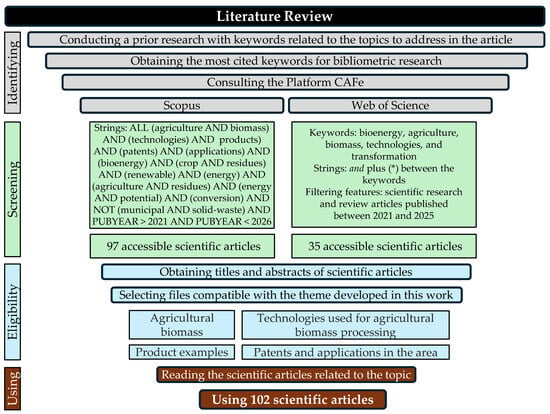- Article
Compatibility Between Beauveria bassiana and Papain and Their Synergistic Potential in the Control of Tenebrio molitor (Coleoptera: Tenebrionidae)
- Amanda do Carmo Alves,
- Ana Carolina Silva and
- Adriane Toledo da Silva
- + 7 authors
The use of proteolytic enzymes in association with entomopathogenic fungi offers a promising alternative for improving the biological control of insect pests. This study evaluated the compatibility between Beauveria bassiana and papain and the effectiveness of their combined application in controlling Tenebrio molitor. Conidial viability in the presence of papain was monitored for 48 h and showed a reduction in germination from 100% to approximately 70%, without detrimental effects on fungal performance. Papain activity remained stable up to 12 h, declining afterward, indicating biochemical compatibility. Bioassays revealed significant differences among treatments (p < 0.01). In larvae, mortality ranged from 5.18 ± 0.19% in the control to 49.62 ± 2.00% with papain, 62.24 ± 0.58% with conidia, and 89.71 ± 1.06% in the combined treatment; papain and conidia alone did not differ statistically. In pupae, mortality reached 2.20 ± 0.00% in the control, 47.38 ± 0.69% with papain, 63.69 ± 0.69% with conidia, and 85.91 ± 0.84% with the combination, with all treatments differing significantly. Fungal reisolation confirmed typical B. bassiana development. Overall, the results show that papain does not compromise fungal viability and that its combination with B. bassiana enhances entomopathogenic activity, supporting its potential for integrated pest management.
2 January 2026





![FJB staining in the rat hippocampus and dorsal thalamus demonstrated neuroprotective effects of ILE in the treatment of OP poisoning. FJB-stained neurons appear as bright green dots under fluorescence microscopy. Bright FJB fluorescence in neurons indicates serious neuronal damage. No neuronal FJB staining was observed in the uninjured control brains (top panels). In the animals given paraoxon (POX) but not treated with ILE (ISO), neuronal FJB staining in the hippocampus was observed in pyramidal cells in CA1, CA2, and CA3 of the hippocampus, as well as in neurons in the polymorph layer ((center left panel); cc = corpus callosum). No neuronal FJB staining was observed in the hippocampus of any of the animals treated with ILE 30 min after paraoxon (bottom left panel). The dorsal thalamus was another site of extensive neuronal FJB staining in the animals given paraoxon but not treated with the ILE ((center right panel); sm = stria medullaris). Very minimal neuronal FJB staining was observed in the dorsal thalamus of all of the ILE-treated animals (bottom right panel). Figure reprinted with permission from [49].](https://mdpi-res.com/agrochemicals/agrochemicals-04-00022/article_deploy/html/images/agrochemicals-04-00022-ag-550.jpg)